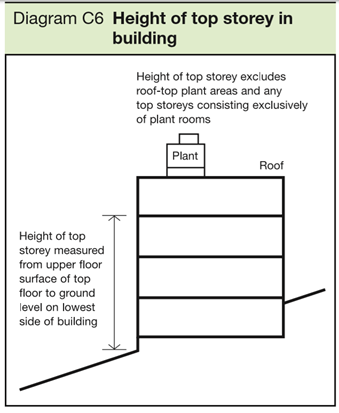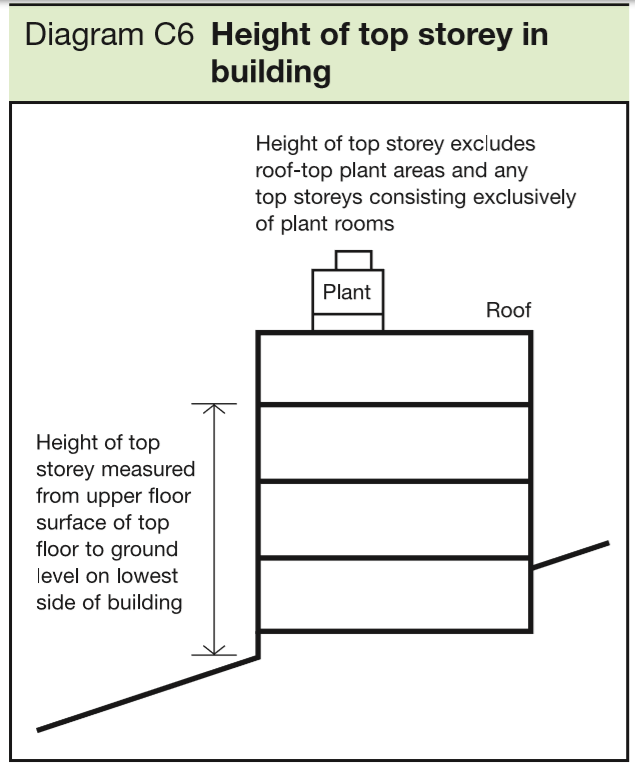In the light of recent announcements and formal notifications from the government this document is designed to provide a brief summary of the regulatory changes and amendments to the approved documents that affect high rise residential buildings.
A list of (and hyperlinks to) relevant recently issued government documents is available at the end of this document.
Firstly it is important to note that The Building Regulations 2010 Schedule 1 Requirement B4 (1) for external walls remains unchanged, this being that:
“The external walls of the building shall adequately resist the spread of fire over the walls and from one building to another having regard to the height, use and position of the building.”
However, the government has now supplemented this requirement by introducing a series of amendments to the Building Regulations that will prohibit the use of combustible materials / products in the external walls of high-rise residential buildings that are above 18 metres in height.
Whilst draft versions of Approved Document B: Fire Safety have been issued this year for consultation, with the new Volume 1 being for Dwellings and the new Volume 2 being for Buildings other than Dwellings (and unlike previous versions does not cover dwellings in residential high rise buildings), these are not final documents yet and so the existing Approved Document B Volume 2: Buildings other than Dwelling Houses (which covers high rise residential buildings) remains the current guidance. For this reason an amendment has been issued for this document to keep it in step with the announced changes in the regulations.
The Building (Amendment) Regulations, SI 2018/1230 will come into force on 21 December 2018. The previous Regulations will continue to apply only to those buildings where an initial notice has been given to, or full plans deposited with, a local authority before this date and where building work has started before that day; or is started within two months of that day (i.e. 21 February 2019).
Regulation 7 of the Building Regulations deals with materials and workmanship and has been amended to define the height and type / use of building that it is applicable to, the fire classification of acceptable materials and to list materials to which the ban does not apply.
The Amendment will ban the use of combustible materials in the external walls of a “…building with a storey (not including roof-top plant areas or any storey consisting exclusively of plant rooms) at least 18 metres above ground level and which…” contains one or more dwellings.
The method of measurement of height is effectively the same as was shown by diagram C6 of the current version of Approved Document B Volume 2: Buildings other than Dwelling Houses, but with a minor, but important, change in the regulation to the definition of ground level i.e. the ground level that the measurement is to be taken from “…the lowest ground level adjoining the outside of a building”, rather than to the “….ground level on lowest side of building” the former being clearer and more specific.

Diagram C6 of current (2013) version of Approved Document B, Version 2
Buildings that are relevant this regulation are above 18.0m in height (see above for definition of height) and which contains:
The amendments to the Approved Documents provide the further guidance (12.10 Note 2) that the above “…. includes student accommodation, care homes, sheltered housing, hospitals and dormitories in boarding schools.”
For buildings to which the regulation is applicable must utilise in the external wall construction only materials / products that achieve European Classification A2-s1, d0 or A1, when classified in accordance with BS EN 135011:2007+A1:2009
The amendments to the Approved Documents provide the further guidance (12.10 Note 2) that “materials achieving limited combustibility cannot be deemed to meet the requirement using an alternative classification method.”
(a) cavity trays when used between two leaves of masonry;
(b) any part of a roof (other than any part of a roof which falls within paragraph (iv) of regulation 2(6)) if that part is connected to an external wall;
(c) door frames and doors;
(d) electrical installations;
(e) insulation and waterproofing materials used below ground level;
(f) intumescent and fire stopping materials where the inclusion of the materials is necessary to meet the requirements of Part B of Schedule 1;
(g) *membranes;
(h) seals, gaskets, fixings, sealants and backer rods;
(i) **thermal break materials where necessary to prevent thermal bridging in order to meet the requirements of Part L of Schedule 1; or
(j) ***window frames and glass.
*That for membranes (12.14 (a)) “membranes used as part of the external wall construction should achieve a minimum classification of European Class B-s3, d0.”
**For thermal breaks (12.14 (e)) that “There is no minimum performance for these materials. However, they should not span two compartments and should be limited in size to the minimum required to restrict the thermal bridging (the principal insulation layer is not to be regarded as a thermal break).”
***For window frames and glass (12.14 (d)) that whilst “window frames and glass (including laminated glass) are exempted from Regulation 7(2). Window spandrel panels and infill panels must comply with Regulation 7(2).”
Regulations 4, 5 & 6 of the building regulations have been amended such that they cover any material change of use of the building, in so much that if the change of use moves the building into a category that is relevant, in both height and type/use of building, to the new requirements then the external wall construction must suitable for, or amended to, the new requirements.
This material change-of-use requirement is important, because the design of its external wall may limit its ability to be converted to alternative use. For example a hotel may be built using external wall materials / products that would not be permitted in a student residence, the hotel therefore cannot latterly be converted to a student residence without first substituting any non-compliant materials.
Developers who plan to convert properties at a later date or wish to are designing their buildings to be multipurpose will need to ensure that this is factored in at the outset.
Regulation 2 of the building regulations has been amended to define the components of an external wall and introduces the term ‘specified attachment’
It defines an external wall as being
A specified attachment is defined as being
The amendments to the Approved Documents provide the further guidance (12.14 (g)) that in addition to external walls and specified attachments “….consideration should be given to other attachments to the wall which could impact on the risk of fire spread over the wall.”
As the government issues additional reports and guidance we will provide further updates.
The government has released the following documents relating to these regulatory changes:
1 Written Ministerial Statement. https://www.parliament.uk/business/publications/written-questions-answers-statements/written-statement/Commons/2018-11-29/HCWS1126/
2 The Building (Amendment) Regulations. http://www.legislation.gov.uk/id/uksi/2018/1230
3 Amendments to Approved Document B2. https://assets.publishing.service.gov.uk/government/uploads/system/uploads/attachment_data/file/760526/AD_Bv2_vB_amend.pdf
4 Amendments to Regulation 7. https://assets.publishing.service.gov.uk/government/uploads/system/uploads/attachment_data/file/760341/AD_7_v2_amend_2.pdf
5 MHCLG Circular letter and Circular 02/2018, which describes the amendments more fully. https://assets.publishing.service.gov.uk/government/uploads/system/uploads/attachment_data/file/760396/29112018_Circular_Letter.pdf
6 MHCLG Final Impact Assessment: Ban on combustible materials in external wall systems
